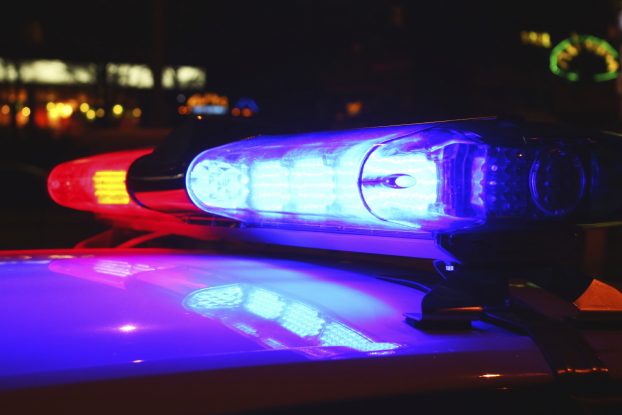Designing LaFayette: Students design LaFayette’s future
Published 10:25 am Saturday, May 4, 2024
|
Getting your Trinity Audio player ready...
|
LaFayette Main Street held an Urban Development Plan meeting at the LaFayette First Baptist on Tuesday night in partnership with Auburn University’s Urban Design Studio.
The LMS’s committee met with ten students from the Auburn University course to see presentations on the future of the city of LaFayette.
“They chose that Main Street as their spring project, through their urban design class, they are at Auburn, and we are very honored and excited to see what they have for us today,” said DeAnna Hand, LaFayette Main Street director. “… The hard work and dedication that has gone into this means a lot to us.”
The students and their instructor, Dr. Binita Mahato, visited downtown LaFayette in January of this year to take a tour of the city.
Mahato explained that during this time, the five student groups were in stage one, “sensing,” of the design process.
During this stage, the students focused on getting a sense or feel for the community, its advantages and disadvantages, and its needs.
“It’s not just our experience walking around the community, but also talking to all of you and also a little bit of collecting data,” Mahato said.
After that, the students moved into the second stage, “synthesizing.” Next came stage three, “theorizing,” in which the students determined their objectives, goals and values.
During the meeting, each group presented their plan to help redevelop LaFayette’s downtown area, from adding green space to improving the safety of the crosswalks. They then gave examples of stakeholders who could feasibly help to fund these projects.
Several students suggested turning the vacant facade next door to Gimme Some Sugar into a green space where people can relax. Another group suggested making a prominent trail through downtown LaFayette from the Rails to Trails along the Johnny Ray Trails.
Many students also suggested adding an environmentally friendly “third space,” which is a space outside of work and home where people can go where they don’t have to spend money.
Each group mentioned the importance of preserving and highlighting the cultural heritage of the city.
One group suggested integrating this into the city with local art and murals that could reference the connection with famous boxer Joe Louis or with the automotive industry. Murals could also serve as a tourist attraction for photos.
Many of the stakeholders for municipal projects were Alabama Power’s Good Roots program, Alabama Department of Transportation Highway Safety improvement grants and the Free Business Training Initiative.
As for tourism and historical educational projects, possible stakeholders included the Alabama Historical Commission’s educational historical grants, the Alabama Department of Tourism and Community Development Block Grant Program with the Alabama Department of Economic and Community Affairs (ADECA).






